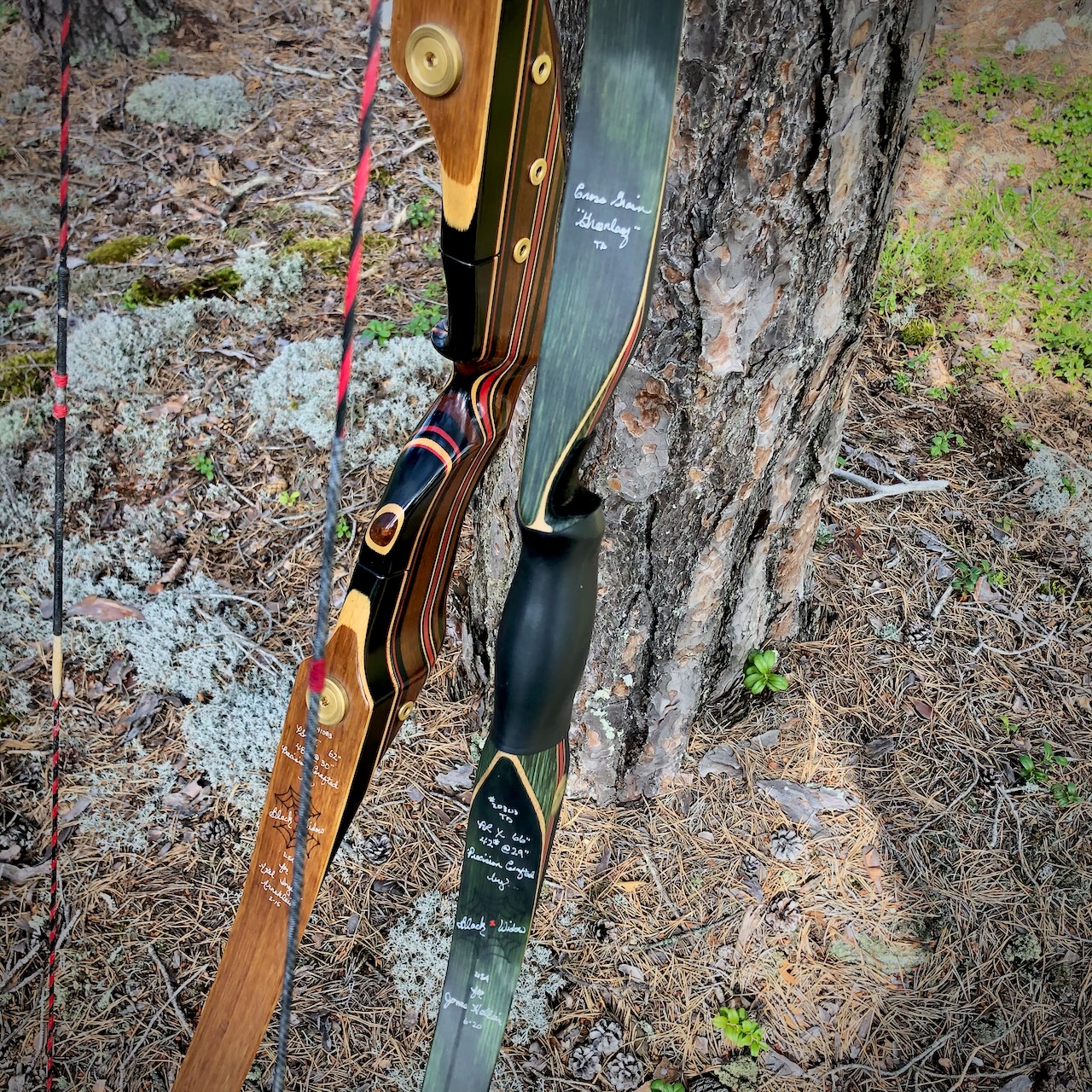An Ancient Ritual Meets Modern Precision
Waxing the bowstring—an age-old ritual passed down through generations of archers. It’s often treated like a sacred rite, but is it truly necessary in the age of advanced synthetic materials? And if so, how often, how much, and what kind of wax should we use? Let’s unravel the truth about waxing and whether it’s saving your string—or smothering it.
If you’re uncertain, don’t worry—every archery club has at least one “string maintenance nerd” who is more than happy to share their opinions (and possibly their favourite type of wax).
The Purpose of Waxing: What’s It Really For?
At its core, waxing a bowstring serves three main purposes:
- Moisture Protection: Preventing the string fibres from absorbing water, which can cause stretching and fraying. Moisture can weaken natural fibres and cause synthetic strings to stretch slightly, which impacts tension and shot consistency. By sealing the fibres, waxing helps the string maintain its optimal strength and shape, even in humid or rainy conditions.
- Lubrication: Reducing friction between the fibres to minimise wear and tear and to help keep the strands smooth and bonded, reducing unnecessary vibrations during and after release.
- Durability: Adding a protective layer that prolongs the string’s lifespan by preventing frays from worsening.
Analogy: Wax is to your bowstring what conditioner is to your hair—it can smooth, strengthen, and protect, but too much can make it hard to handle and may cling stubbornly rather than rinsing away cleanly. And unlike hair conditioner, no one wants their bowstring to feel like a sticky candle!
Waxing in Different Conditions
The climate can change how often you should wax:
- Wet weather: More frequent waxing can help keep moisture out.
- Hot, dry conditions: Wax helps prevent the string from drying out and becoming brittle.
- Freezing cold: Waxing helps avoid damage from ice crystals forming between fibres.
Jonas’ Best Practice: Waxing Step-by-Step
Here’s an easy, effective routine to follow:
- Use Modern Synthetic Wax: While some archers love the nostalgic scent and texture of beeswax, modern synthetic wax blends have the advantage of staying consistent in all temperatures. No stiffening in the cold, no melting in summer heat.
- Avoid the Serving: Focus on the main string, not the serving. Waxing the serving can make it slippery, affecting how the nock sits and potentially loosening it.
- Rub in the Wax: Apply a thin layer of wax along the length of the string.
- Create Heat with Leather: Take a small piece of leather and rub it back and forth along the string to create heat through friction. This helps the wax melt into the fibres, bonding with the string rather than sitting on the surface.
- Remove Excess with Precision: If the string feels sticky after waxing, don’t worry! Take a strand of bowstring material, serving thread, or even dental floss. Loop it gently around the string and draw it back and forth. This will smooth the string, remove excess wax, and ensure a perfectly round finish.
How Much Wax Is Too Much?
There’s a fine line between “just enough” and “turning your string into a candle.” Over-waxing can cause:
- Gunk build-up: Dirt, dust, and debris stick to excess wax, making your string filthy and potentially abrasive.
- Reduced efficiency: While you would need a substantial amount of excess wax to meaningfully slow down the string, a heavily waxed string can theoretically become heavier and marginally less efficient at energy transfer.
- Messy storage: An over-waxed string can leave residue on your case, clothing, and other equipment, making it more difficult to store without creating a mess.
Pro Tip: If your string looks shiny but not greasy and feels smooth, you’ve nailed the balance.
Signs Your String Needs Waxing
Wondering when to grab that tub of wax? Look out for these clues:
- Fuzzy fibres: When the string starts to fray, waxing can help bind the fibres back together. However, it’s important to distinguish between fraying and broken strands. A fray is surface-level wear, but if you notice broken strands, it’s time to pay attention.
- Broken strands: A single broken strand may not weaken the string significantly due to the overall strength of modern bowstrings, but it can indicate that other strands may be at risk of breaking. If you spot more than one broken strand or see further wear, it’s time to replace the string to avoid potential failure and prevent injury.
- Dry texture: If the string feels brittle or rough to the touch, it needs a moisture boost. Also, consider how long you’ve been using the string. A brittle string can be a sign that it’s reaching the end of its lifespan.
- Visible damage: Cuts, deep nicks, or large sections of wear are signs that waxing won’t save your string—it’s time to replace it.
For competitive archers or those who practice often, keeping an eye on these signs can prevent mishaps during important shoots.
The Modern Myth: “Synthetic Strings Don’t Need Waxing”
Some archers believe that synthetic bowstrings (especially Dyneema and Vectran blends) don’t need any waxing, but this myth has been fully dismantled based on the points above. We’ve shown that while synthetic strings don’t absorb water, they can still wear out faster without a protective coating. Proper waxing, as outlined earlier, helps reduce wear, keeps the strands smooth to prevent vibration, and adds a moisture-resistant layer that maintains consistency in all conditions.
Conclusion: A Personal Approach to Waxing
Ultimately, bowstring care is a personal ritual shaped by your shooting habits, the type of string you use, and the conditions you shoot in. Waxing isn’t a magical cure-all, but when done properly, it can extend the life of your string and keep your shots consistent.
Perhaps the best advice? “If it feels right, do it—but don’t go overboard.” And remember—there’s nothing wrong with a bowstring that smells faintly of honey and nostalgia! Just make sure it doesn’t leave your gear feeling like a sticky trap.





0 Comments